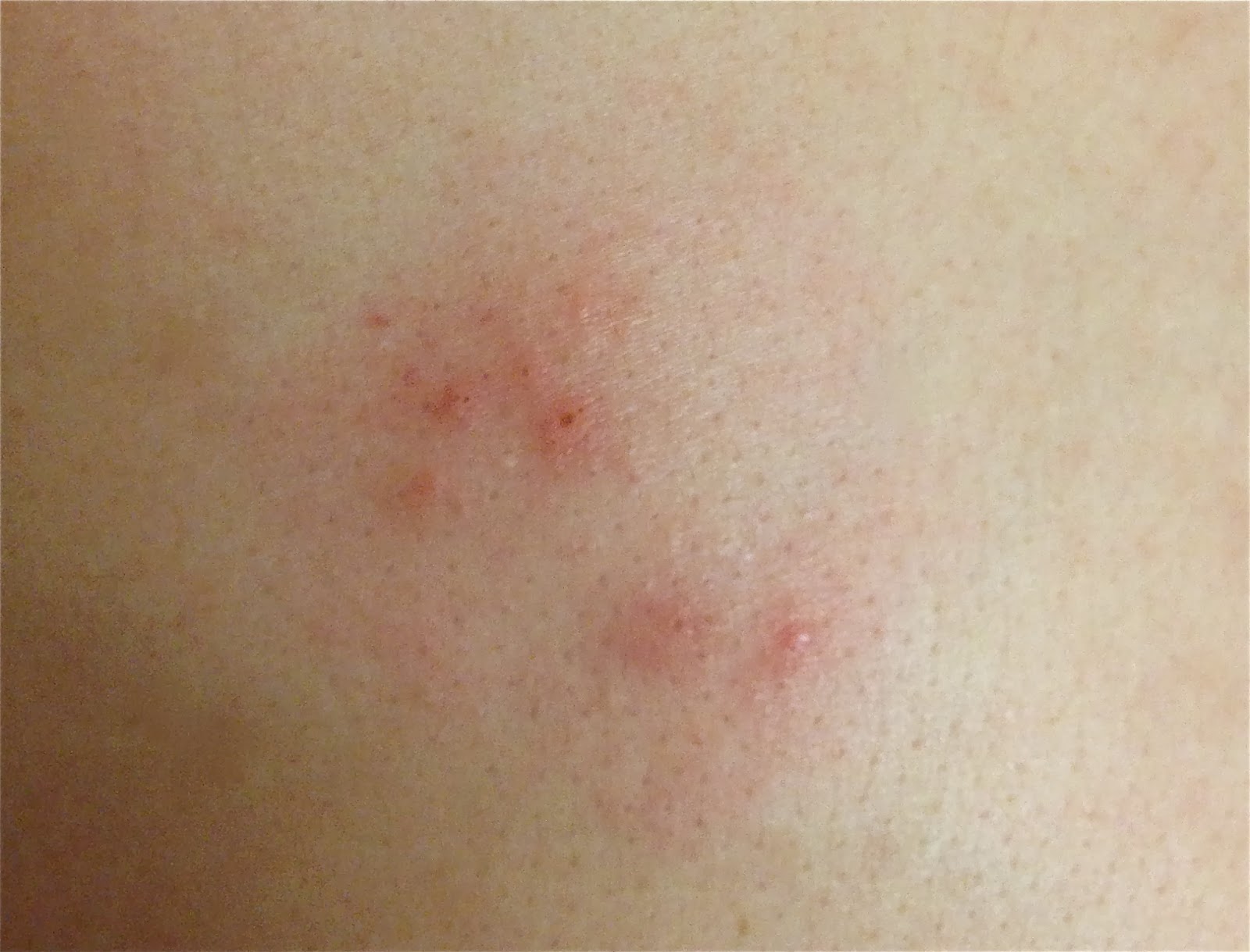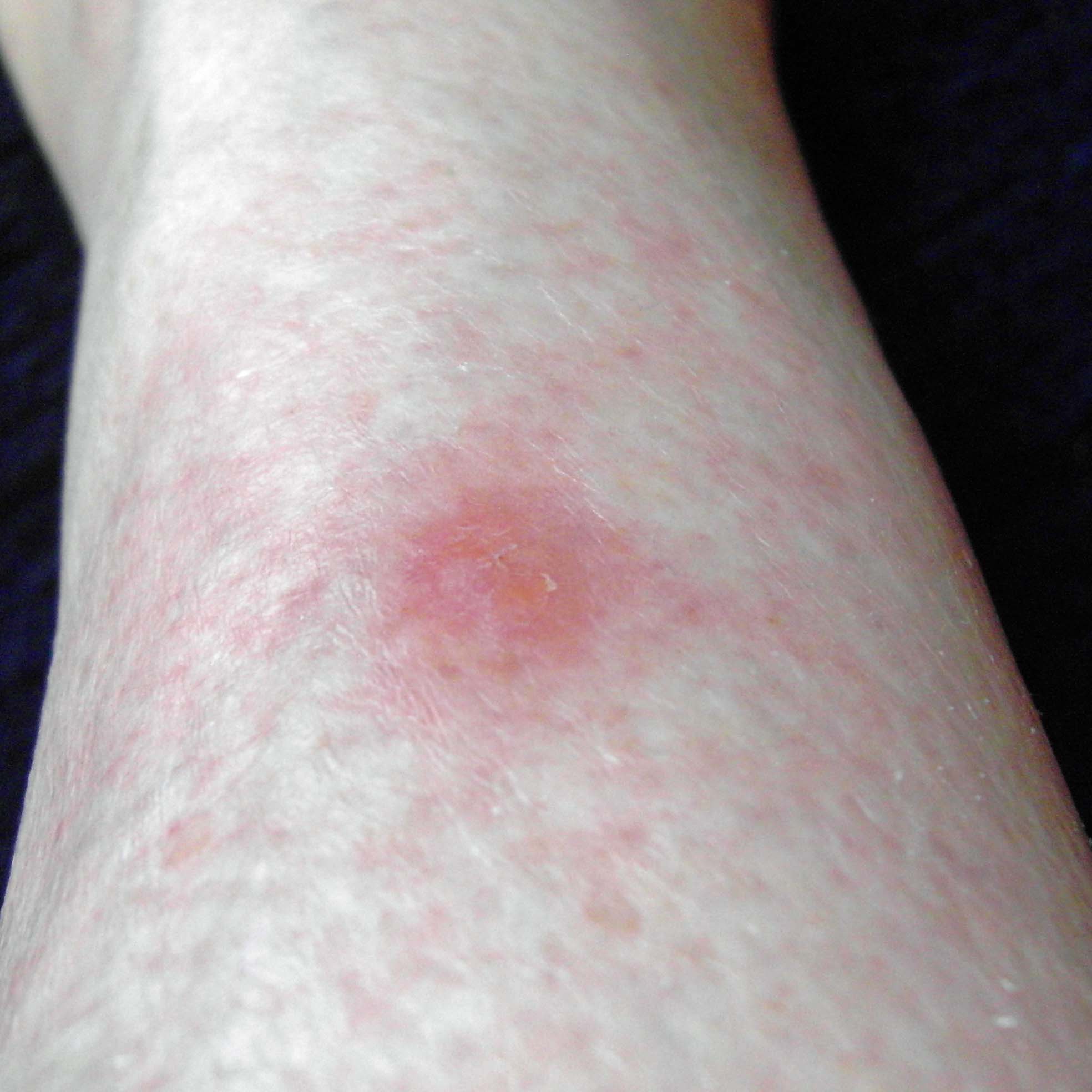Introduction
Spider bites can be a cause of concern for many people. While most spider bites are harmless, there are a few species whose bites can result in severe symptoms. In this article, we will explore the different types of spider bites, their symptoms, and provide you with some essential tips for treatment and prevention.

Types of Spider Bites
There are numerous species of spiders worldwide, but only a few pose a threat to humans. The most common types of spiders known for biting humans include the Black Widow Spider, Brown Recluse Spider, and the Hobo Spider.

Black Widow Spider Bites
The Black Widow Spider is notorious for its venomous bite. These spiders are typically identified by their shiny black body and red hourglass-shaped marking on the abdomen. When bitten by a Black Widow Spider, individuals may experience severe pain, muscle cramps, nausea, and even difficulty breathing.

Brown Recluse Spider Bites
The Brown Recluse Spider is another venomous spider species. They are usually light to medium brown in color with a distinctive violin-shaped mark on their back. Bites from these spiders can lead to necrotic skin lesions, which may take a long time to heal and can cause tissue damage.

Hobo Spider Bites
Native to Europe, the Hobo Spider has become an invasive species in some parts of the United States. Their bites can result in symptoms such as redness, blistering, and skin ulcers. While their bites are not as toxic as those from Black Widow or Brown Recluse Spiders, seeking medical attention is still recommended.
Symptoms of Spider Bites
The symptoms of spider bites can vary depending on the species and individual reactions. Some common symptoms include redness, swelling, itching, and pain at the bite site. In severe cases, symptoms may also include muscle pain, abdominal pain, dizziness, and difficulty breathing.

Treatment for Spider Bites
When dealing with spider bites, it is crucial to seek medical advice, especially if you are uncertain about the species or experiencing severe symptoms. However, there are some general steps you can take for initial treatment:
- Wash the bite area with mild soap and water.
- Apply a cold compress or ice pack to reduce swelling.
- Keep the affected area elevated to minimize blood flow.
- Over-the-counter pain relievers can help manage pain and inflammation.
- Do not apply any home remedies or substances without medical guidance.

Prevention of Spider Bites
Preventing spider bites is essential to avoid potential health risks. Here are some preventive measures you can take:
- Keep your surroundings clean and clutter-free to minimize hiding spots for spiders.
- Seal cracks and crevices in your home to prevent spiders from entering.
- Wear protective clothing, such as gloves and long sleeves, when working in areas prone to spiders.
- Shake out clothing and shoes before wearing them, especially if they have been stored for a while.
- Use insect repellents and spider control products as recommended.
Conclusion
While spider bites can be a cause for concern, most bites are harmless and do not require medical treatment. However, if you suspect you have been bitten by a venomous spider or experience severe symptoms, it is crucial to seek medical attention. By taking preventive measures and staying informed about the types of spiders in your area, you can minimize the risk of spider bites and enjoy a spider-free environment.